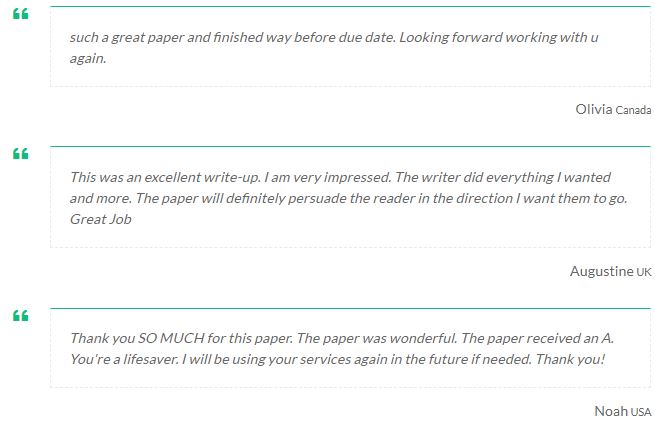[ad_1]
Video to use.
Sherman Tremaine
Develop a focused SOAP note, including your differential diagnosis and critical-thinking process to formulate a primary diagnosis. Incorporate the following into your responses in the template:
- Subjective: What details did the patient provide regarding their chief complaint and symptomology to derive your differential diagnosis? What is the duration and severity of their symptoms? How are their symptoms impacting their functioning in life?
- Objective: What observations did you make during the psychiatric assessment?
- Assessment: Discuss the patient’s mental status examination results. What were your differential diagnoses? Provide a minimum of three possible diagnoses with supporting evidence, and list them in order from highest priority to lowest priority. Compare the DSM-5-TR diagnostic criteria for each differential diagnosis and explain what DSM-5-TR criteria rules out the differential diagnosis to find an accurate diagnosis. Explain the critical-thinking process that led you to the primary diagnosis you selected. Include pertinent positives and pertinent negatives for the specific patient case.
- Plan: What is your plan for psychotherapy? What is your plan for treatment and management, including alternative therapies? Include pharmacologic and nonpharmacologic treatments, alternative therapies, and follow-up parameters, as well as a rationale for this treatment and management plan. Also incorporate one health promotion activity and one patient education strategy.
- Reflection notes :What would you do differently with this patient if you could conduct the session again? Discuss what your next intervention would be if you were able to follow up with this patient. Also include in your reflection a discussion related to legal/ethical considerations (demonstrate critical thinking beyond confidentiality and consent for treatment!), health promotion, and disease prevention, taking into consideration patient factors (such as age, ethnic group, etc.), PMH, and other risk factors (e.g., socioeconomic, cultural background, etc.).
- Provide at least three evidence-based, peer-reviewed journal articles or evidenced-based guidelines that relate to this case to support your diagnostics and differential diagnoses. Be sure they are current (no more than 5 years old).
BY DAY 7 OF WEEK 5
Submit your Focused SOAP Note.
SUBMISSION INFORMATION
Before submitting your final assignment, you can check your draft for authenticity. To check your draft, access the Turn it in Drafts from the Start Here area.
- To submit your completed assignment, save your Assignment as WK5Assgn_LastName_Firstinitial
- Then, click on Start Assignment near the top of the page.
- Next, click on Upload File and select Submit Assignment for review.
Rubric
NRNP_6675_Week5_Assignment_Rubric
| NRNP_6675_Week5_Assignment_Rubric | ||||||
| Criteria | Ratings | Pts | ||||
| This criterion is linked to a Learning Outcome Create documentation in the Focused SOAP Note Template about your assigned patient .In the Subjective section, provide: • Chief complaint• History of present illness (HPI)• Past psychiatric history• Medication trials and current medications• Psychotherapy or previous psychiatric diagnosis• Pertinent substance use, family psychiatric/substance use, social, and medical history• Allergies• ROS |
|
15 pts | ||||
| This criterion is linked to a Learning Out come In the Objective section, provide:• Physical exam documentation of systems pertinent to the chief complaint, HPI, and history• Diagnostic results, including any labs, imaging, or other assessments needed to develop the differential diagnoses |
|
15 pts | ||||
| This criterion is linked to a Learning Out come In the Assessment section, provide:• Results of the mental status examination, presented in paragraph form• At least three differentials with supporting evidence. List them from top priority to least priority. Compare the DSM-5 diagnostic criteria for each differential diagnosis and explain what DSM-5 criteria rules out the differential diagnosis to find an accurate diagnosis. Explain the critical-thinking process that led you to the primary diagnosis you selected. Include pertinent positives and pertinent negatives for the specific patient case. |
|
20 pts | ||||
| This criterion is linked to a Learning Out come In the Plan section, provide:• Your plan for psychotherapy• Your plan for treatment and management, including alternative therapies. Include pharmacologic and nonpharmacologic treatments, alternative therapies, and follow-up parameters as well as a rationale for this treatment and management plan. • Incorporate one health promotion activity and one patient education strategy. |
|
25 pts | ||||
| This criterion is linked to a Learning Outcome• Discussion include what may be done differently with this patient if student conducted the session again. Discussed the next intervention if you could follow up with this patient. The discussion was related to legal/ethical considerations (demonstrated critical thinking beyond confidentiality and consent for treatment!), social determinates of health, health promotion, and disease prevention that take into consideration patient factors (such as age, ethnic group, etc.), PMH, and other risk factors (e.g., socioeconomic, cultural background, etc.). |
|
5 pts | ||||
| This criterion is linked to a Learning Outcome Provide at least three evidence-based, peer-reviewed journal articles or evidenced-based guidelines that relate to this case to support your diagnostics and differential diagnoses. Be sure they are current (no more than 5 years old). |
|
10 pts | ||||
| This criterion is linked to a Learning Outcome Written Expression and Formatting – The paper follows correct APA format for parenthetical/in-text citations and reference list. |
|
5 pts | ||||
| This criterion is linked to a Learning Outcome Written Expression and Formatting – English Writing Standards: Correct grammar, mechanics, and punctuation |
|
|||||
[ad_2]



